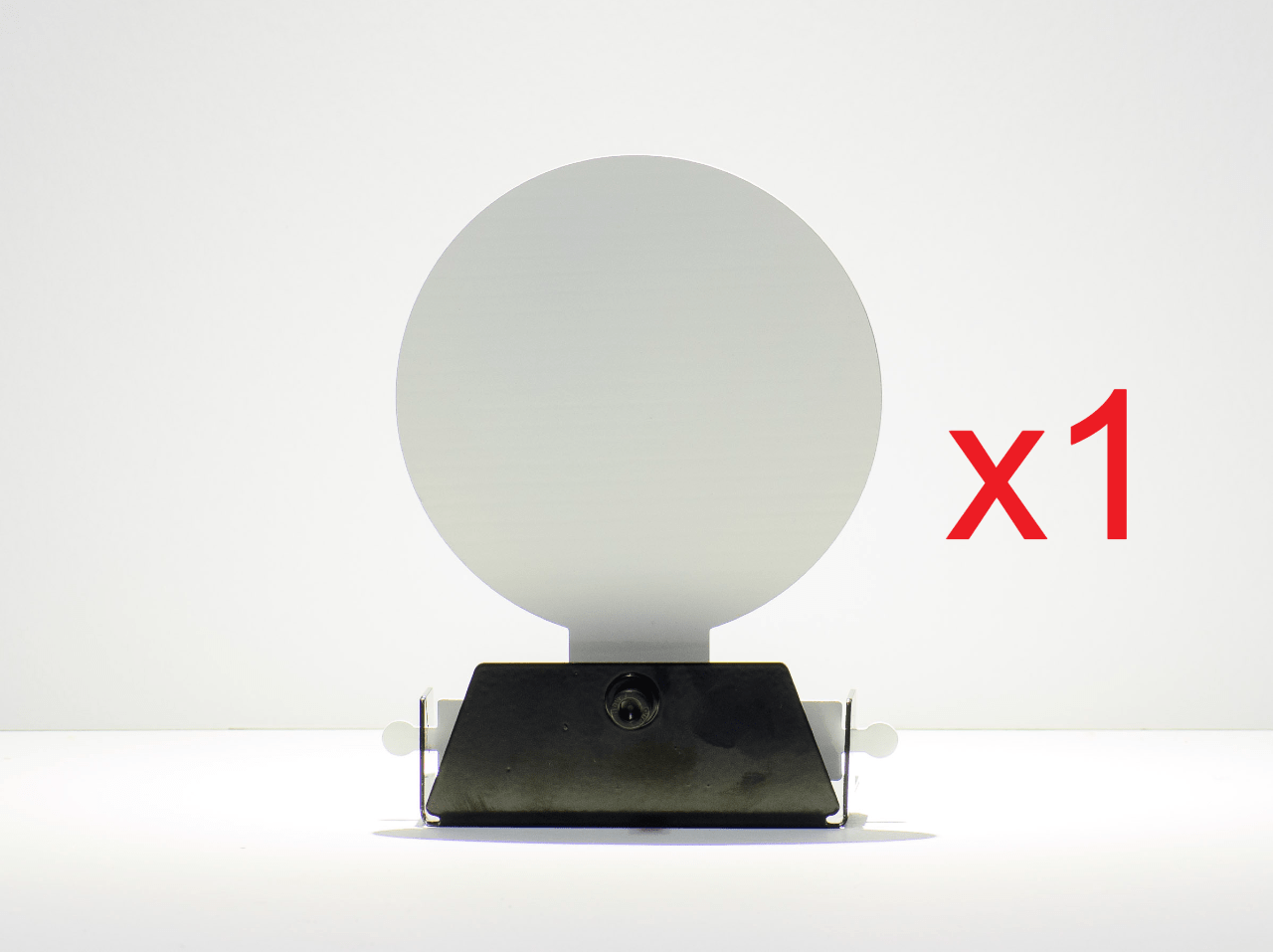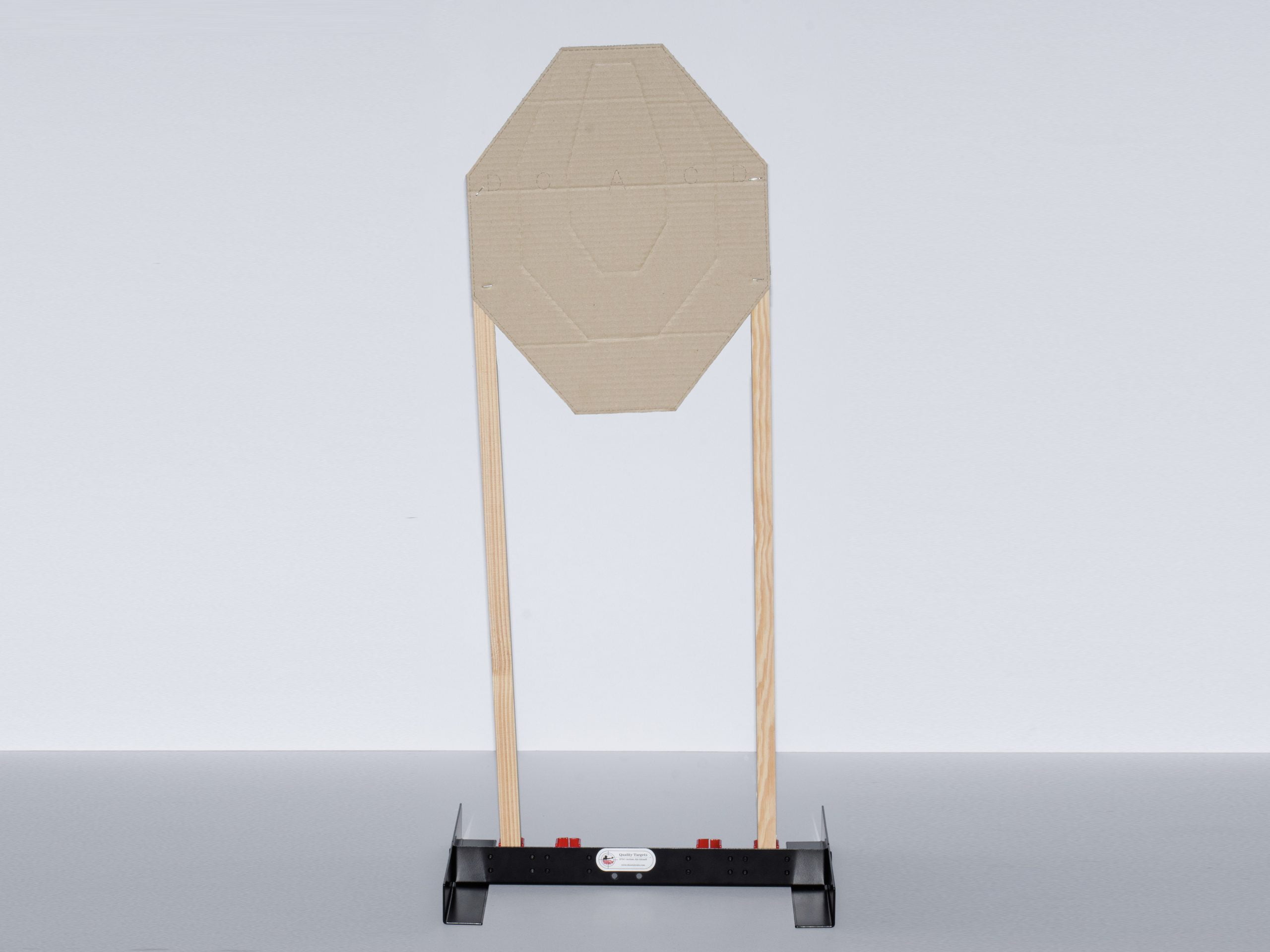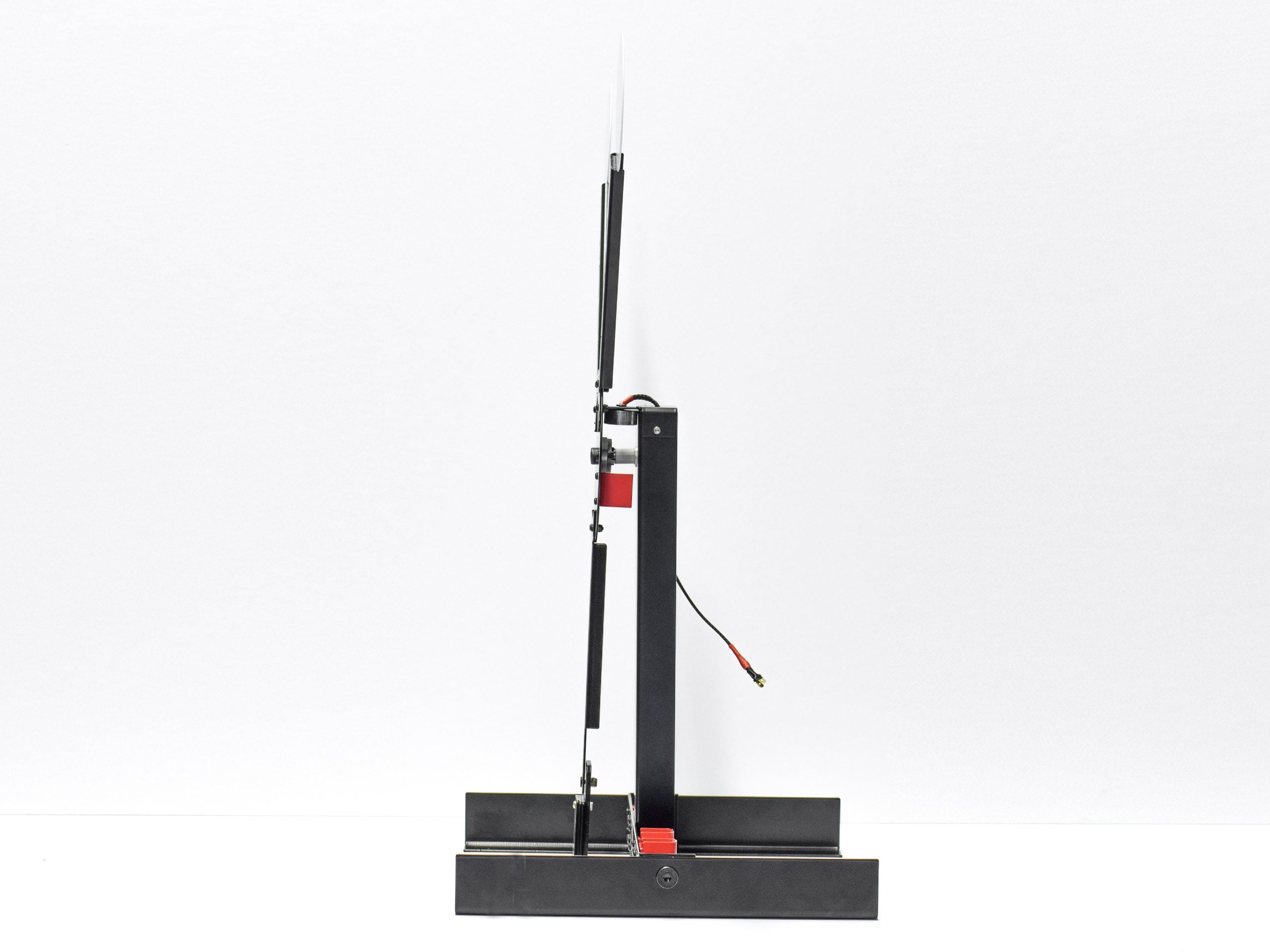
The Influence of IPSC Competitors on Target Design
Introduction
IPSC (Global Practical Shooting Confederation) competition is a popular sport Shoot N' Train action air targets that needs individuals to take part in vibrant shooting circumstances. As the sport has actually developed for many years, one element that has seen significant modifications is target design. The impact of IPSC competitors on target design can not be overstated, as it plays a crucial function in boosting the overall experience for shooters and ensuring safety. In this short article, we will explore the various ways in which IPSC competitors has affected the design of targets and its influence on the sport.
The Evolution of IPSC Targets
The Early Days: Basic Shapes and Materials
In the early days of IPSC competitors, targets were typically simplistic in style, consisting mainly of standard geometric shapes such as circles and rectangles. These targets were normally made Shoot N' Train airsoft swinger targets in europe from cardboard or paper, that made them inexpensive ipsc targets but not extremely durable.
Introduction of Reactive Targets
As IPSC got appeal, there was a need for more appealing targets that might provide immediate feedback to shooters. This led to the intro of reactive targets, which are designed to respond when hit by a bullet. Reactive targets can produce visual or Shoot N' Train reactive targets audible feedback, enabling shooters to gauge their precision and speed.
Incorporation of 3D Targets
To further boost the realism of IPSC competitors, 3D targets were presented. These targets resemble human or animal shapes and provide shooters with a more challenging circumstance to browse. 3D targets need shooters to make exact shots on specific target locations, including an extra layer of trouble to the competition.
Advancements in Target Materials
In current years, there have actually been substantial developments in target products used in IPSC competitions. Cardboard and paper targets have actually been mainly replaced by more durable products such as polymer or steel. These products provide increased longevity and can endure repeated hits without deteriorating.

The Impact on Shooter Experience
Enhanced Realism
The evolution of target design in IPSC competitors has greatly airsoft guns target practice Shoot N' Train enhanced the realism of shooting situations. With the intro of reactive and 3D targets, shooters are now faced with challenges that closely look like real-world circumstances. This not only includes excitement to the competition however also helps shooters develop practical shooting abilities that can be applied in real-life scenarios.

Instant Feedback
One of the most significant influences of IPSC competition on target design is the arrangement of immediate feedback to shooters. Reactive targets provide visual or audible hints when struck, permitting shooters to evaluate their precision and change their techniques appropriately. This immediate feedback is indispensable in helping shooters enhance their skills and make needed modifications throughout the competition.

Increased Engagement
The intro of more dynamic and difficult targets has actually considerably increased engagement among IPSC rivals. Shooters are continuously pressed to enhance their speed, precision, and decision-making capabilities to browse through complex shooting situations. The thrill of hitting reactive targets or successfully neutralizing 3D targets adds an aspect of enjoyment that keeps participants inspired and purchased the sport.
FAQ
- A: IPSC targets are specifically developed targets utilized in International Practical Shooting Confederation competitors. These targets can be made from numerous products such as cardboard, polymer, or steel and might include reactive or 3D elements.
- A: Reactive targets are designed to react when struck by a bullet. They can produce visual or audible feedback, such as falling plates or sound results, indicating effective hits for the shooter.
- A: 3D targets include a level of realism to IPSC competitions by resembling human or animal shapes. They need shooters to make accurate shots on specific target locations, imitating real-world scenarios and testing the shooter's accuracy and decision-making skills.
- A: Polymer or steel targets offer increased toughness compared to cardboard or paper targets. They can withstand duplicated hits without deteriorating, supplying a longer life-span and decreasing the requirement for frequent target replacements.
- A: Target design greatly affects shooter experience by enhancing realism, providing instantaneous feedback, and increasing engagement. Practical targets mimic real-world circumstances, while immediate feedback helps shooters enhance their abilities in real-time. Engaging targets keep individuals motivated and purchased the sport.
- A: Yes, IPSC target design plays a vital function in ensuring security throughout competitors. Targets that provide clear visual cues when hit assistance avoid unexpected shooting at non-target areas or individuals, decreasing the danger of injuries.
Conclusion
The impact of IPSC competition on target design has actually resulted in considerable advancements in the sport. The advancement from standard shapes to reactive and 3D targets has actually boosted realism and engagement among shooters. Immediate feedback provided by these targets enables participants to evaluate their precision and make required changes during the competition. Furthermore, making use of resilient products like polymer or steel ensures durability and contributes to total security in IPSC competitions. As the sport continues to progress, it is specific that target design will remain a key aspect in shaping the future of IPSC shooting experiences.